How Indeed is Using AI to Transform the Recruitment Process
-
Published Time: 2025-09-25T15:15:42Z
Article
AI Applications
How Indeed is Using AI to Transform the Recruitment Process
September 25, 2025
4 mins
Share
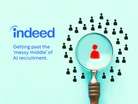
Indeed is one of the world's largest and most popular recruitment sites | Credit for logo: Indeed
Indeed's Smart Sourcing tool uses AI matching to help employers find candidates faster, with UK job postings falling 23% below pre-pandemic levels
Tags
IndeedRecruitmentAIAutomationDigital LabourTechnologyStreamliningGen AIDigital Transformation
To say that the global economy has been turbulent in the 2020s would be the understatement of the decade so far.
With supply chain problems, trade restrictions, extreme weather, geopolitical instability and the afterglow of the COVID-19 pandemic to contend with, employers are often choosing to be more conservative than ever before, especially SMEs.
As a result, the recruitment landscape has changed. In the UK alone, job listings have fallen 23% below their pre-pandemic baselines.
This has been very challenging for jobseekers, naturally, but also for employers, many of whom are unsure about expanding their operations.
With all this turbulence, the recruitment platform Indeed has been looking for solutions. The company has, in recent years, started to offer employers AI solutions to help them streamline the hiring process.
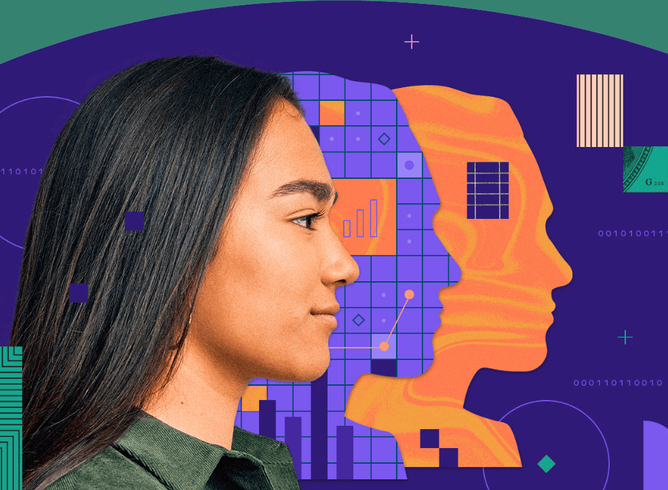
Indeed believes that AI could help employers to fill positions faster than ever before | Credit: Indeed
The "messy middle" of AI adoption
Right now, the job market finds itself in what Chris Johnson, VP of AI at Indeed, describes as the "messy middle" of technological transformation.
"The 'messy middle' is when people are using AI to replicate or automate existing parts of the hiring process, but new AI-enabled capabilities are still developing," Johnson explains.
"Think horseless carriages versus cars. It's a normal part of any technological transformation as people learn how to use a new powerful tool, and it's exactly what we're seeing with AI."
This transition period reflects broader challenges facing the hiring industry as both employers and candidates increasingly turn to AI tools.
Jobseekers are using Gen AI to enhance their applications, whilst companies deploy AI-powered systems to manage overwhelming volumes of applications.
Chris Johnson, VP of AI at Indeed
Smart Sourcing technology
Indeed's Smart Sourcing tool represents a shift from traditional posting-and-waiting recruitment methods.
The system automatically generates candidate lists from Indeed's database of more than 345 million sourceable profiles, matching based on skills, experience, qualifications and preferences.
Employers can message or invite selected candidates to apply, rather than sifting through hundreds or thousands of applications.
The platform emphasises transparency, allowing employers to understand why specific candidates are suggested and refine their searches accordingly.
According to Indeed's data, hiring managers using Smart Sourcing save an average of 7.7 hours per week on manual hiring tasks.
The 'messy middle' is when people are using AI to replicate or automate existing parts of the hiring process, but new AI-enabled capabilities are still developing.
Think horseless carriages versus cars. It's a normal part of any technological transformation as people learn how to use a new powerful tool, and it's exactly what we're seeing with AI.
Chris Johnson, VP of AI at Indeed
Balancing automation with human oversight
"These efficiencies are not only helping employers, but candidates are benefitting from faster, more responsive and personalised hiring experiences too," Chris says.
The time savings allow hiring managers to focus on more substantive interactions, such as in-person interviews, which provide better assessment opportunities.
Indeed has implemented what it calls a Responsible AI Framework to address potential concerns about automated hiring decisions.
"Our Responsible AI framework emphasises fairness, transparency, accountability and privacy," explains Chris.
"This means rigorously testing for bias to help ensure fairness in our products, being transparent about how decisions are made so AI systems are accountable for their outcomes, and, crucially, involving a variety of voices in development," he adds.
Expanding talent discovery
The platform aims to help employers identify candidates beyond traditional indicators like degrees or personal connections.
By focusing on skills, experiences and preferences, Indeed suggests its AI system can surface talent that might otherwise be overlooked.
"The biggest potential impact of this shift lies in AI and human judgement interacting together to be able to do something neither can do alone," says Chris.
"AI won't replace humans, but humans that utilise AI will be able to amplify their output. The opportunity lies in our being able to harness AI to be more effective and fair in our hiring decisions."
The company positions this technology as enabling more comprehensive talent assessment during a period of economic uncertainty.
As the employment market continues to evolve, Indeed's approach reflects broader industry attempts to leverage AI while maintaining human oversight in recruitment processes.
Whether this balance proves effective will likely influence how other platforms develop their own AI-powered hiring tools.
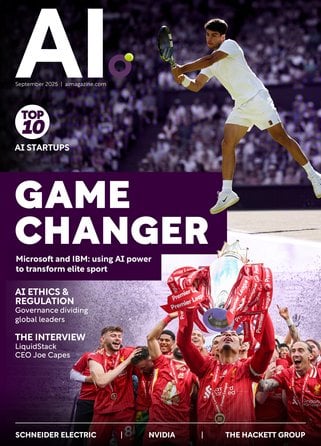
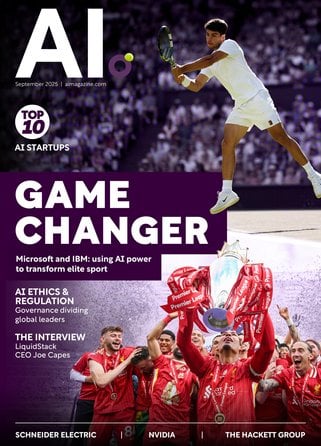
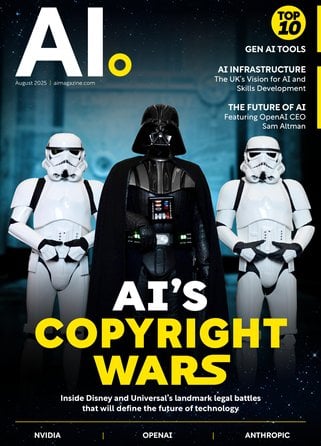
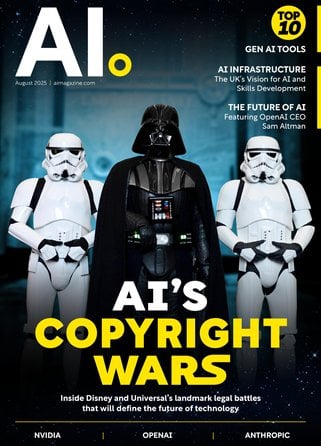
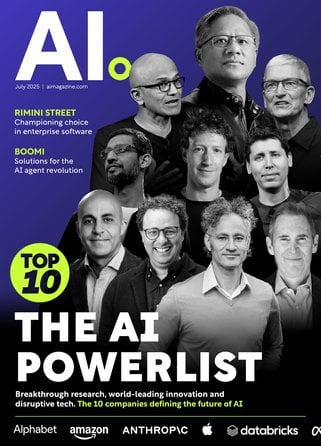
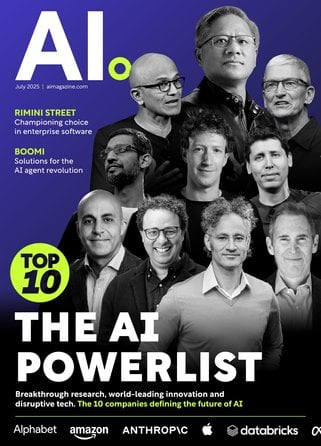
Related Content

